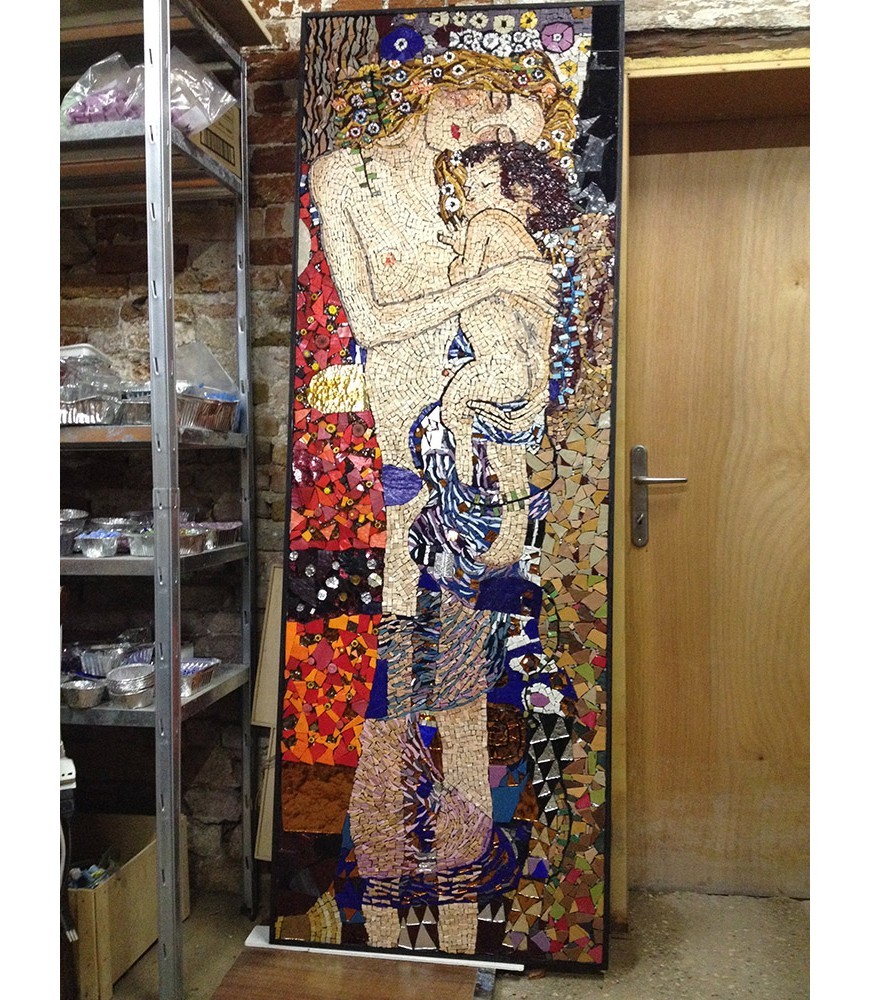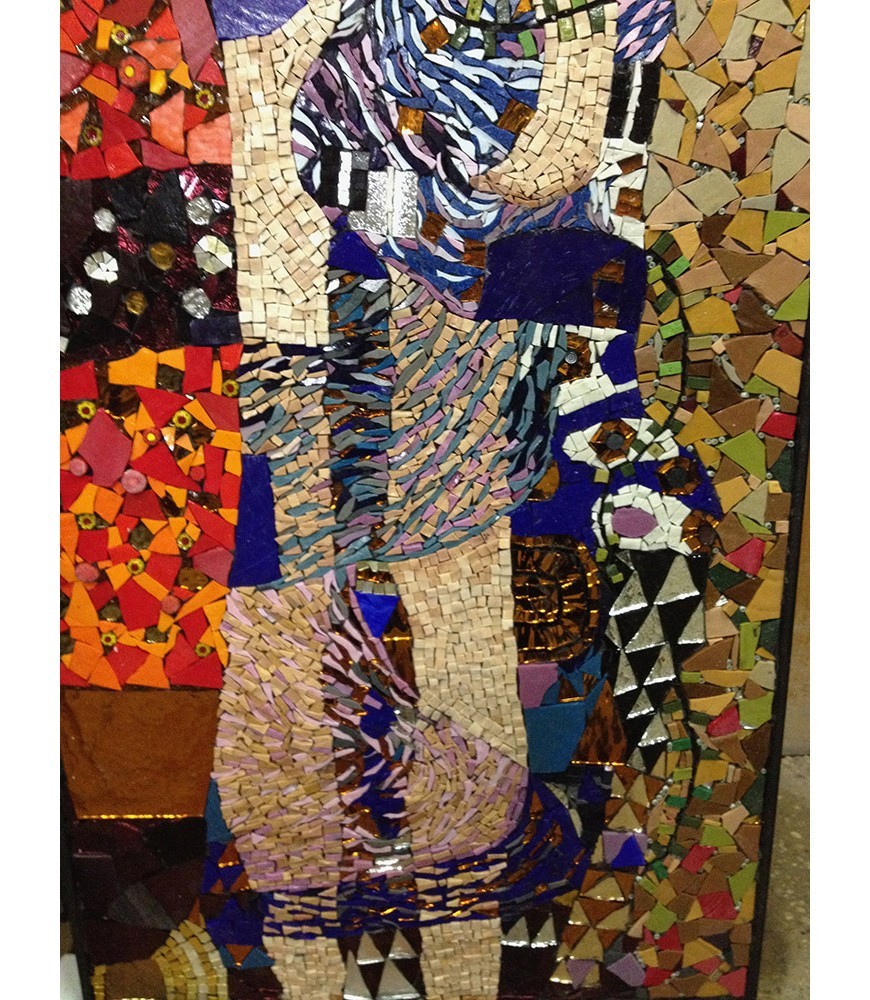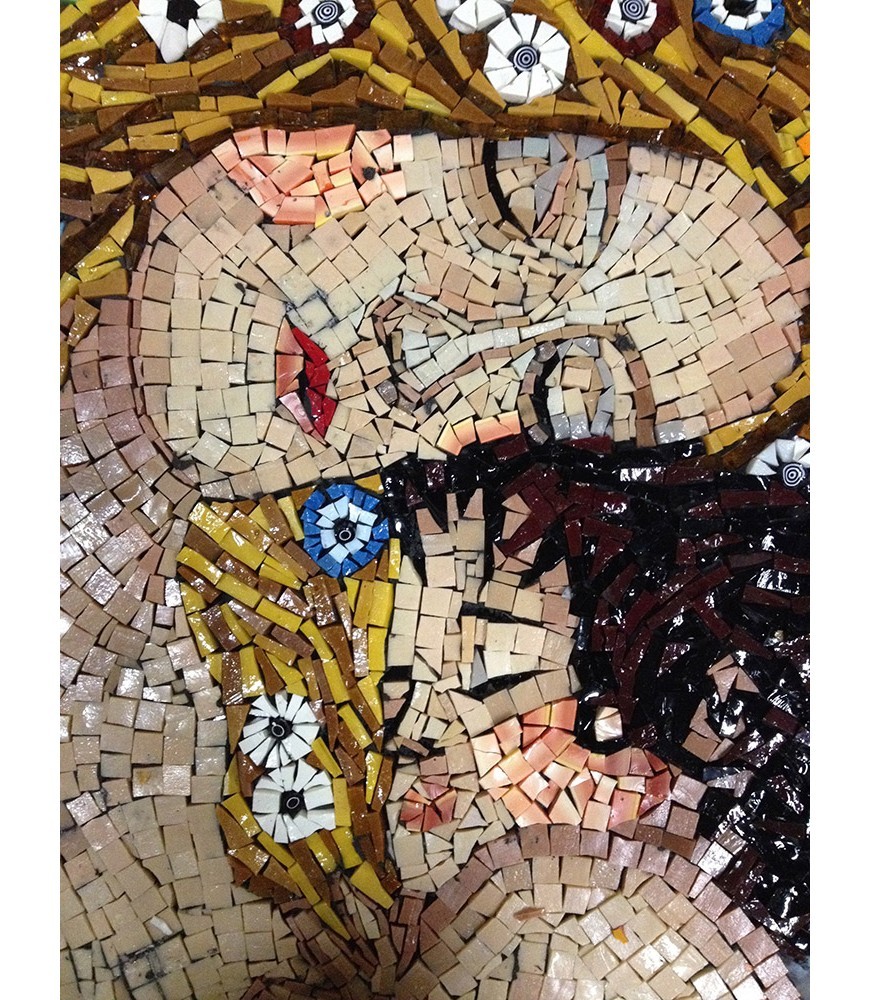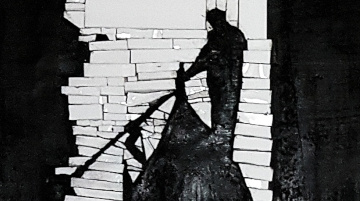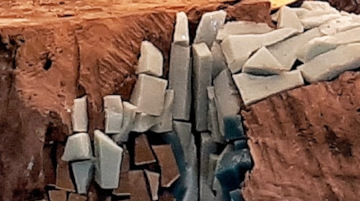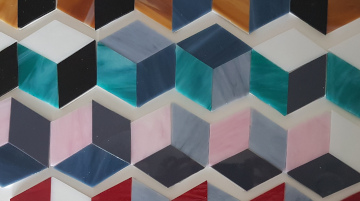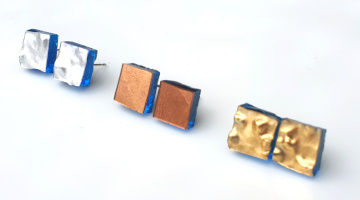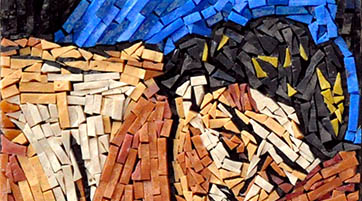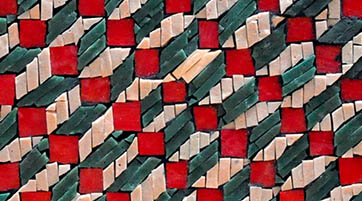Gustav Klimt
Klimt exhibited this work at the Venice Biennale in 1910, and it caused a huge scandal. At that time, art was divided in symbolism and expressionism and this painting was perceived as being totally outside the current trends.
In response to the criticism levied against the secession artists concerning their aesthetics of ecstasy, Klimt succeeded in expressing the obsessions of his time by developing a very personal artistic language. In his paintings, eroticism and aesthetics coincide, ornaments become the structure of the image and the female figures are realistic.
In response to the criticism levied against the secession artists concerning their aesthetics of ecstasy, Klimt succeeded in expressing the obsessions of his time by developing a very personal artistic language. In his paintings, eroticism and aesthetics coincide, ornaments become the structure of the image and the female figures are realistic.
In "the Three Ages", Klimt celebrates motherhood uninfluenced by any social constraint, depicting the fragile nature of life and beauty. As in a mosaic, the elements that comprise the work - the precious stones, the gold and the use of color - interact with all the other elements; this is how Klimt establishes himself as the painter of allegory and ambivalence.
Mosaic made of glass paste tiles. Work commissioned by Mosaici Veneziani.
Dimensions: 280 x 65 cm.

